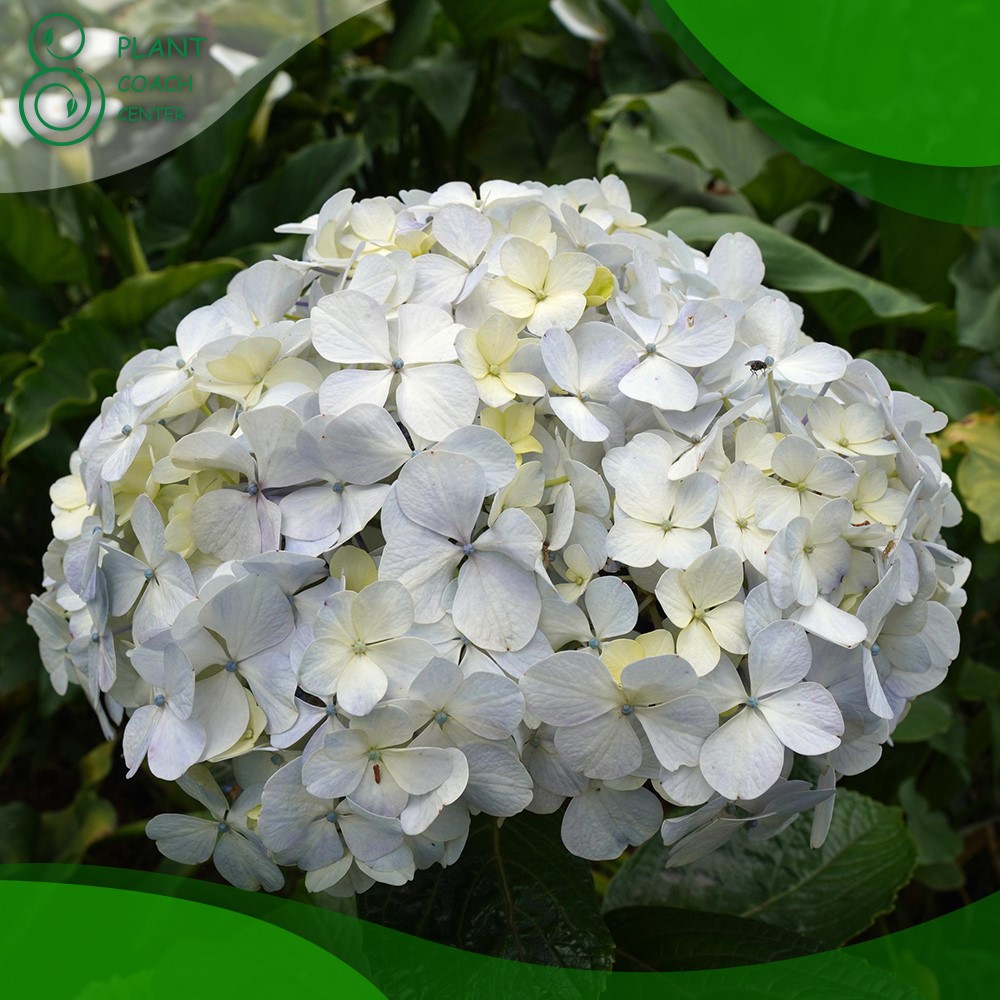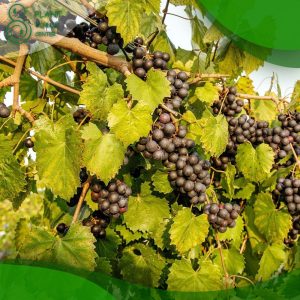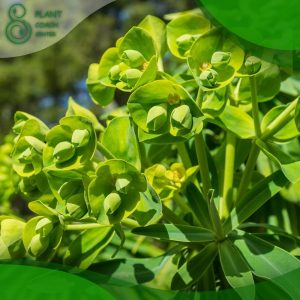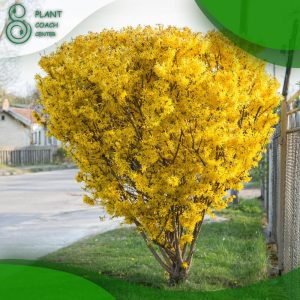When To Cut Back Oak Leaf Hydrangeas
Oak leaf hydrangeas (Hydrangea quercifolia) are beautiful flowering shrubs known for their large, oak-like leaves and stunning cone-shaped flower clusters. These native North American plants are favored for their hardiness and ability to thrive in various environments.
Proper pruning is essential for maintaining the health and appearance of oak leaf hydrangeas. This comprehensive guide will explore when and how to reduce these shrubs to promote optimal growth and vibrant blooms.
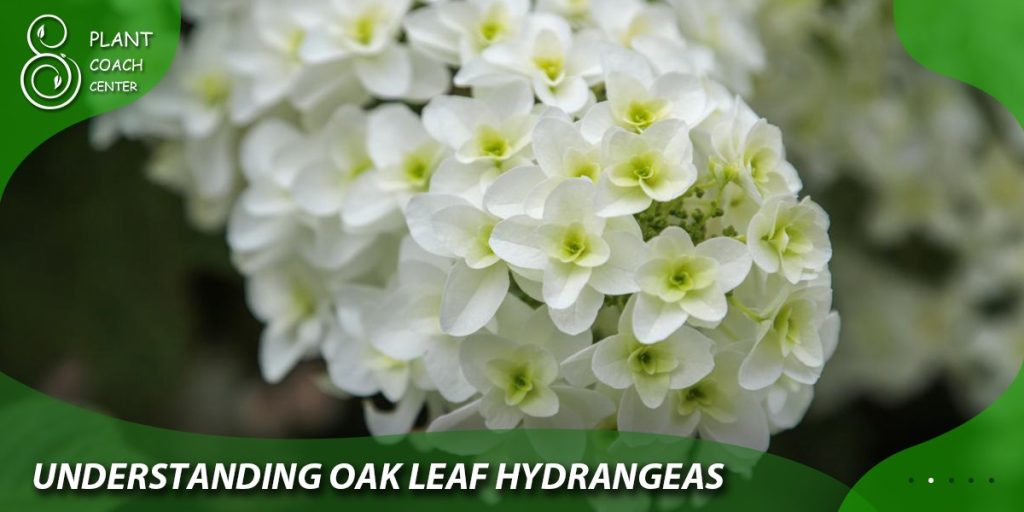
Understanding Oak Leaf Hydrangeas:
Before delving into the pruning techniques, we must familiarize ourselves with oak leaf hydrangeas’ characteristics and growth habits. These deciduous shrubs typically reach a height of 4 to 6 feet and have a similar spread. The foliage showcases large, lobed leaves resembling oak trees, hence the name.
Oak leaf hydrangeas are available in different varieties, each with its unique features, such as “Alice,” “Pee Wee,” and “Snowflake.” These plants prefer moist, well-draining soil and thrive in partial shade, making them suitable for various garden settings.
Benefits of Pruning Oak Leaf Hydrangeas
Promoting Plant Health and Vigor
Pruning is crucial for the overall health and vigor of oak leaf hydrangeas. By removing dead, diseased, or damaged wood, you eliminate potential sources of infection or infestation. This helps prevent the spread of diseases and pests throughout the plant. Pruning also stimulates new growth and encourages the plant to allocate resources more efficiently, resulting in healthier and more robust foliage.
Enhancing Aesthetic Appeal
Pruning plays a significant role in enhancing the aesthetic appeal of oak leaf hydrangeas. You can create a more balanced and visually pleasing form by selectively shaping and thinning the shrub. Pruning allows you to remove crowded or crossing branches, impeding airflow and light penetration. Opening up the canopy enhances the plant’s overall structure. It ensures that each part receives adequate sunlight, improving growth and bloom production.
Managing Size and Shape
Oak leaf hydrangeas, like any other plant, have the potential to grow beyond their desired size and shape. Pruning allows you to control the growth and maintain the shrub within its designated space. By selectively removing branches, you can manage the size and height of the plant, preventing it from overpowering nearby plants or encroaching on structures.
Regular pruning also prevents the shrub from becoming excessively dense, ensuring proper airflow and reducing the risk of disease development.
Stimulating Flowering
Proper pruning techniques can enhance the flowering performance of oak leaf hydrangeas. These shrubs produce blooms on old wood, meaning that flowers form on branches that developed in the previous growing season. Removing dead or weak wood and shaping the plant creates an environment conducive to robust growth and abundant blooms. Pruning also encourages the production of new branches, which will carry blooms in subsequent seasons.
Rejuvenating Older Plants
Pruning is especially beneficial for older oak leaf hydrangeas that may have become overgrown or straggly. By selectively removing older, unproductive branches, you can invigorate the plant and stimulate new growth from the base. This rejuvenation pruning helps maintain a more compact and attractive form while ensuring the longevity and health of the shrub.
when pruning oak leaf hydrangeas, it’s crucial to balance maintaining the plant’s natural beauty and encouraging its overall health. By understanding the benefits of pruning and employing proper techniques, you can enjoy healthy, vibrant, and visually appealing oak leaf hydrangeas in your garden.
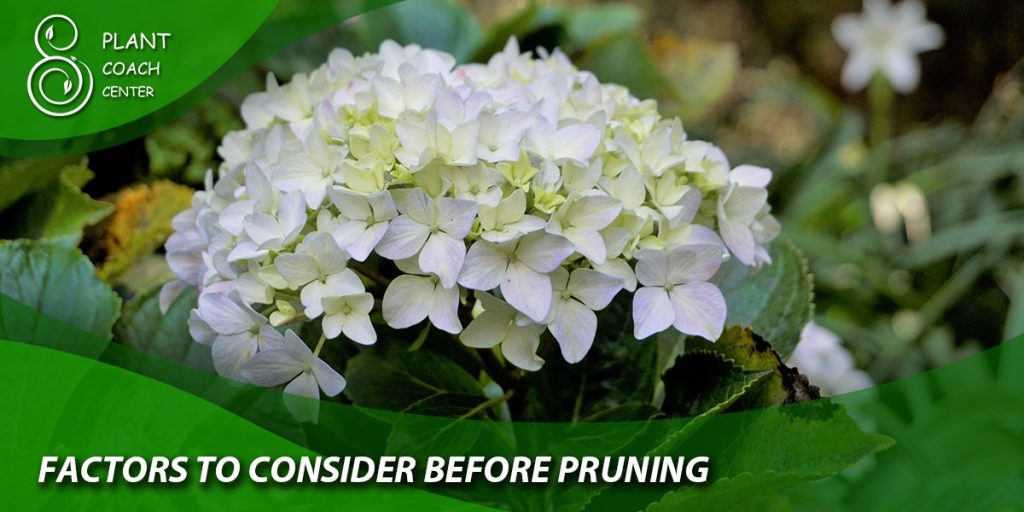
Factors to Consider Before Pruning
Time of Year
Timing is a critical factor when it comes to pruning oak leaf hydrangeas. Pruning at the right time ensures minimal disruption to the plant’s growth and flowering cycle. Generally, the best time to prune oak leaf hydrangeas is late winter to early spring before new growth begins.
Pruning during this period allows the plant to recover and develop new branches for the next growing season. Avoid pruning in late summer or fall when the plant prepares for dormancy, as it may interfere with winter hardiness and reduce flowering potential.
Plant Age and Maturity
Consider the age and maturity of the oak leaf hydrangea before pruning. Younger plants require less pruning compared to more established shrubs. Young plants typically benefit from light shaping and removal of any dead or damaged wood.
Older plants may require extensive pruning to rejuvenate, remove overcrowded branches, or manage their size and shape. Understanding the growth habits and characteristics of your specific oak leaf hydrangea variety will help guide the appropriate pruning approach.
Weather Conditions
Weather conditions play a vital role in the success of pruning. Avoid pruning oak leaf hydrangeas during extreme weather conditions such as intense heat waves or freezing temperatures. Extreme heat can stress the plant, and pruning during freezing temperatures may damage the shrub. Choose a day when the weather is mild, and the plant is not under any additional stress. Pruning during adequate soil moisture periods can also aid the plant’s recovery and growth.
Current Plant Condition
Assess the current condition of the oak leaf hydrangea before pruning. If the plant appears weak, stressed, or recently transplanted, it may be best to postpone pruning until it fully recovers. Pruning during stress can further weaken the plant and hinder its ability to rebound. Focus on providing the plant with proper care, such as regular watering and appropriate fertilization, to strengthen it before initiating any pruning activities.
Considering these factors, you can decide when to prune your oak leaf hydrangeas. Each plant is unique, so it’s important to observe and understand your shrub’s specific needs and characteristics. Remember, proper timing and consideration contribute to the overall success of pruning and the long-term health of your oak leaf hydrangeas.
Pruning Techniques for Oak Leaf Hydrangeas
Tools and Equipment Required
Before starting the pruning process, gather the necessary tools and equipment. You’ll need sharp pruning shears, loppers (for thicker branches), and a pruning saw (for larger branches). Ensure that your tools are clean and properly sharpened to make clean cuts, which promote faster healing and reduce the risk of disease transmission.
Step-by-Step Pruning Process
To effectively prune oak leaf hydrangeas, follow these step-by-step guidelines:
- Initial Assessment and Preparation:
Begin by thoroughly inspecting the shrub. Identify any dead, diseased, or damaged wood. Dead branches are typically dry, brittle, and lack foliage. In contrast, diseased or damaged branches may display discoloration, cankers, or signs of pest infestation. Take note of these branches for removal.
- Removing Dead and Damaged Wood:
Start pruning by removing the identified dead and damaged wood. Make clean cuts just above the branch collar (swollen area) or a lateral branch. Avoid cutting too close to the main stem, which may damage the bark. Dispose of the removed branches to prevent the spread of diseases or pests.
- Shaping and Thinning Out:
After removing dead and damaged wood:
- Focus on shaping and thinning the shrub.
- Step back and assess the overall form of the plant.
- Identify any branches crossing, rubbing against each other, or causing overcrowding.
- Selectively prune these branches to create a more balanced and visually appealing shape.
- Remove excess branches to improve airflow and light penetration throughout the shrub.
- Controlling Size and Height:
If necessary, prune to manage the size and height of the oak leaf hydrangea. Identify branches extending beyond the desired boundaries or obstructing nearby structures or plants. Trim these branches back to a suitable length or remove them entirely to maintain the desired size and shape of the shrub. Ensure that the overall form of the plant remains balanced and aesthetically pleasing.
Tips for Proper Pruning
Here are some additional tips to ensure proper pruning of oak leaf hydrangeas:
- Avoid over-pruning: While removing dead or damaged wood and shaping the shrub is important, avoid excessive pruning, especially of healthy branches. Over-pruning can result in reduced blooming and impact the plant’s overall health.
- Make clean cuts: Use sharp pruning tools to make clean cuts. Clean cuts heal faster and minimize the risk of introducing diseases or pests. Avoid tearing or ragged cuts, as they can provide entry points for pathogens.
- Prune above leaf nodes or lateral branches: Make cuts just above a leaf node or lateral branch when removing branches. This encourages new growth from the remaining branches and maintains the plant’s natural form.
- Step back and evaluate: Throughout the pruning process, step back and evaluate the shrub’s overall appearance. Consider how each cut will impact the plant’s shape and form. Aim for a balanced and visually pleasing structure.
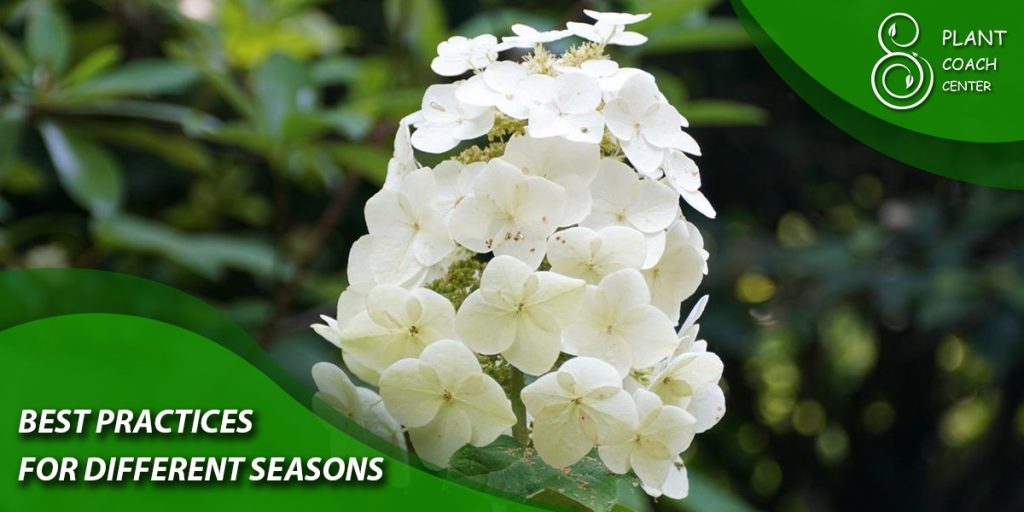
Best Practices for Different Seasons
Now that you understand the basic pruning techniques discussing the best practices for pruning oak leaf hydrangeas in different seasons is essential. Each season presents unique considerations and requirements for successful pruning.
Pruning Oak Leaf Hydrangeas in Spring
Spring is generally the optimal time to prune oak leaf hydrangeas. During this season, the plants are just emerging from dormancy, and their growth is starting to pick up. Remove any dead or damaged wood to prune in spring, as described earlier. Take care not to remove any emerging buds or new growth.
Shaping and thinning the shrub can be done during this time, ensuring a balanced and attractive form. However, avoid heavy pruning in spring, as it may result in reduced blooms later in the season.
Pruning Oak Leaf Hydrangeas in Summer
Summer pruning of oak leaf hydrangeas is generally less common but may be necessary under certain circumstances. For instance, if the shrub grows vigorously and encroaches on nearby plants or structures, summer pruning can help manage its size.
Additionally, if there are diseased or infested branches, removing them promptly can prevent further spread. When pruning in summer, be cautious not to disturb the emerging flower buds, as they will develop into stunning blooms the following year.
Pruning Oak Leaf Hydrangeas in Fall/Winter
Pruning oak leaf hydrangeas in fall and winter requires special considerations due to their dormant state. During this time, the plant’s energy is focused on root development rather than active growth. Avoiding extensive pruning during these seasons is generally recommended, as it may hinder the plant’s ability to withstand winter conditions.
However, if there are any dead or damaged branches, they can be safely removed. Ensuring the shrub is adequately prepared for the approaching winter is crucial, such as providing mulch around the base to insulate the roots.
Troubleshooting Common Plant Problems
While proper pruning contributes to the overall health of oak leaf hydrangeas, it’s essential to address common plant problems that may arise. By promptly identifying and resolving issues, you can ensure the long-term vitality of your shrubs.
Identifying and Addressing Pest Infestations
Oak leaf hydrangeas can be susceptible to pests such as aphids, spider mites, and scale insects. Regularly inspect the plant for signs of infestation, such as distorted leaves, sticky residue (indicating the presence of aphids), or webs (indicating spider mites). Several organic or chemical treatments can effectively address the issue if pests are detected. Consult with a local garden center or extension office for appropriate remedies.
Recognizing Disease Symptoms
Diseases like powdery mildew and leaf spot can affect oak leaf hydrangeas, leading to unsightly foliage and reduced vigor. Watch for signs such as white powdery growth on leaves or brown spots with yellow halos. Proper sanitation, including removing and disposing of infected leaves, can help control these diseases. Additionally, ensuring adequate air circulation and avoiding overhead watering can prevent disease development.
Nutrient Deficiencies and Solutions
Oak leaf hydrangeas may exhibit nutrient deficiencies, such as yellowing leaves or poor growth. Conduct a soil test to identify nutrient imbalances and amend the soil accordingly. A balanced fertilizer formulated for hydrangeas can also help address nutrient deficiencies. However, be cautious not to over-fertilize, as excessive nutrients can cause other issues.
Environmental Stressors and Remedies
Environmental factors like extreme heat, drought, or frost can stress oak leaf hydrangeas, impacting their health. Proper watering, mulching, and providing shade during intense heat can help mitigate these stressors. Covering the shrub during frost events can also protect it from potential damage.
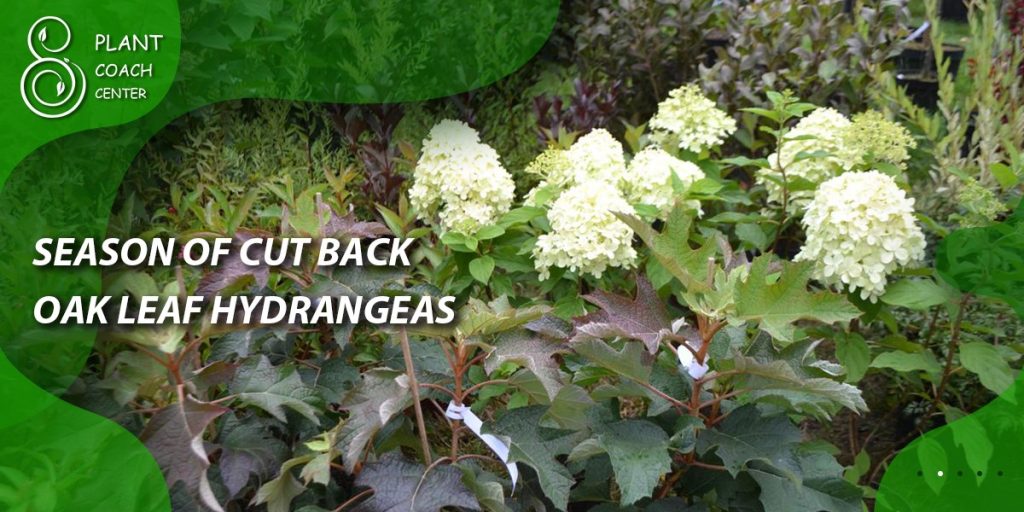
Conclusion
Properly pruning oak leaf hydrangeas is essential for maintaining their health, promoting optimal growth, and enhancing their beauty in the garden. By understanding the best timing, techniques, and considerations for pruning, you can ensure the long-term success of these stunning shrubs.
Remember to assess the plant’s condition, remove dead or damaged wood, shape the shrub, and consider the specific requirements for each season. Additionally, promptly address common plant problems, such as pests, diseases, and nutrient deficiencies, to keep your oak leaf hydrangeas thriving. With care and attention, these plants will reward you with their impressive foliage and breathtaking blooms year after year.
Remember, this comprehensive guide is intended to thoroughly understand when to cut back oak leaf hydrangeas and address common plant problems. Always consult local gardening resources and professionals for region-specific advice and additional guidance.
Can I prune oak leaf hydrangeas in winter?
Avoid extensive pruning in winter to protect the plant's winter hardiness.
How often should I prune oak leaf hydrangeas?
Prune once a year, preferably in spring.
Can I use pruned branches for propagation?
You can propagate oak leaf hydrangeas from pruned branches.


